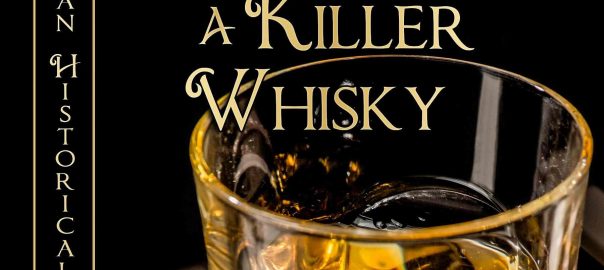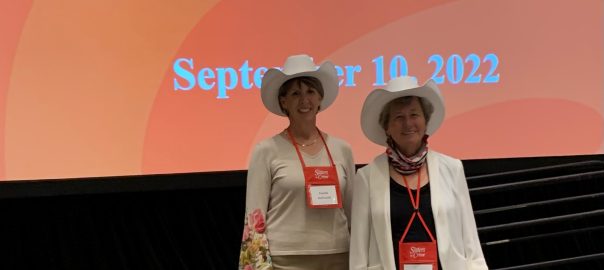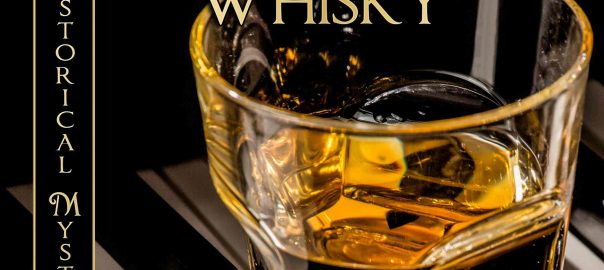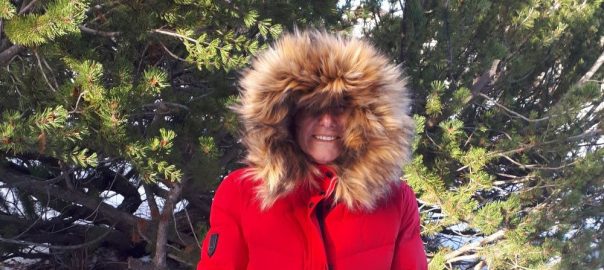My current novel-in-progress got into police work more than I’d planned when I made two homicide detectives viewpoint narrators. I wrote scenes of them in their workplace from information I recalled from a years ago visit to Calgary Police Service Headquarters – Westwinds, but mostly from my imagination. During revisions of the novel, I made a list of questions I’d ask someone familiar with the place, if I ever had the chance.
Then a writer-friend mentioned that Calgary homicide detective Dave Sweet had generously answered her questions about her crime novel. I’d enjoyed Dave’s presentations on homicide cases at local crime writing events and read his memoir Skeletons in My Closet https://www.chapters.indigo.ca/en-ca/books/skeletons-in-my-closet-life/9781988829036-item.html? My friend gave me his email address and I wrote to him and asked if he’d mind answering my questions. He replied right away, saying he’d be happy to help.
I emailed my list to Dave. Again he quickly replied. My first question was my greatest worry: are the homicide and robbery units located in Westwinds? If they weren’t, I’d either have to do a major novel revision or ignore this fact. To my relief, Dave answered yes, both were in the Investigative Services Building on the west side of Westwinds campus. I didn’t remember this second building from my visit.
Evidently, from my questions, Dave got the hint that I was interested in the workplace environment because he offered me a tour of Westwinds, if I was interested. Yes, I was really interested, and the earlier the better. David said the next day would work for him, unless he got a call out before then. I knew once he was hot on a case, I’d lose the opportunity. We arranged to meet the following afternoon at the entrance to the Investigative Services Building.

In my novel, I’d described a large lobby. Instead, I entered a cozy space, with a few padded chairs and a side room with toys and a computer screen for children who come in with their parents. Dave waved me past the reception desk and into a huge, oval atrium. He explained that CPS bought the building from Nortel in 2009 when the telecommunications company filed for bankruptcy; the rooms along the sides of the atrium had been Nortel’s executive offices. CPS converted the building to police use, but this space didn’t look like any police stations I’ve seen on TV. He said they use the atrium for large gatherings and the side rooms for special meetings.

From the atrium, we went to the homicide unit offices. In my novel, I’d given my Detective Mike Vincelli an office with a door. Instead, Calgary detectives work in cubicles. Dave didn’t take us in, to protect his colleagues’ privacy, but he pointed out a glass enclosed room in the far corner, where the unit’s four cold case detectives work. Their windows face west and would have a view of the city skyline and mountain backdrop. My novel had my cold case Detective Novak working in a windowless storage room, which reflected his depressed mood. Now I thought this glass fishbowl office might offer intriguing possibilities.
Next Dave took me down a corridor to a service elevator, located in Nortel’s former delivery dock. This brought us to the holding cells, which I found creepy. The cells were behind solid doors; no looking out through bars. Voices carried between the cells and into the central corridor. Two detainees talked rapidly and loudly.
“Getting their stories straight,” Dave said.
I looked through a peephole into an empty cell, directly at a toilet. Two narrow benches lined the walls on either side. Dave said they rarely kept people more than thirteen hours, with twenty-fours the maximum before they sent them home or to longer-term facilities. This would be a problem for my book. I’d had the police keep two of my suspects close to forty-eight hours, which I’d thought was the maximum allowable time before laying charges. Could I change this without radically altering my story?
Sometimes it’s better not to know too much. Few readers would notice if I brushed aside this policing fact, but I started contemplating solutions for my novel.
In the holding area, we went into an interview room, which was smaller and drearier than I’d expected. Cameras in the corners, but no window for outsider viewing. Peeling paint on the greenish walls. The room had an acrid smell. Dave said they let interviewees smoke to not put them on edge. For the same reason, the police don’t bring their guns into the room. Interviews are typically one-on-one, although a second detective might sit in or stand outside the door if they anticipate a dangerous situation.
We left the Investigative Services Building and went outside to the main headquarters building. On the way, we passed a grassy area with benches and a picnic table. In my novel, Novak meets someone connected to the cold case in an outdoor area. I’d need to make some minor changes to the setting. The main headquarters building contains classrooms, training rooms for new recruits, and Westwinds’ largest gym, where a recruit class jogged back and forth at an easy pace. Dave said they’d gradually speed up and some would drop out of the pack.
“They’ll never be more fit than they are now,” he said. After recruits become full-fledged officers, CPS no longer requires them pass fitness tests. Now that I knew Westwinds had gyms, I could include my line that Novak had never entered one, to illustrate his disinterest in exercise.
I came home with lots of material to work into my novel-in-progress. Many were easy fixes. I’d asked Dave, Do police generally refer to the building as headquarters or Westwinds or something else? Westwinds usually, he said. In my manuscript, I changed this with a simple word find/replace. For my largest problem, I came up with a (hopefully) good reason for the police to keep one of my suspects for two days, but had them release the other one on time. This involved deleting, shuffling, and changing much material, but I think it improved the overall storyline.
While my tour gave me extra writing work, it wasn’t onerous. I think the new details give my story pizazz. Maybe readers sense when something rings true. And, if nothing else, I found my look inside police headquarters interesting.

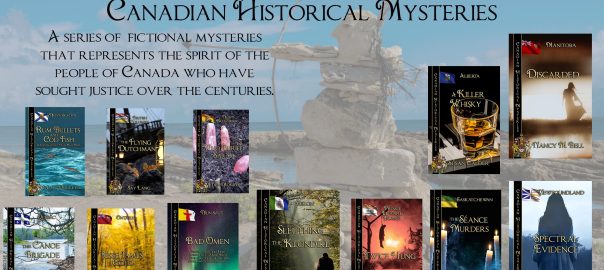





.jpg)


